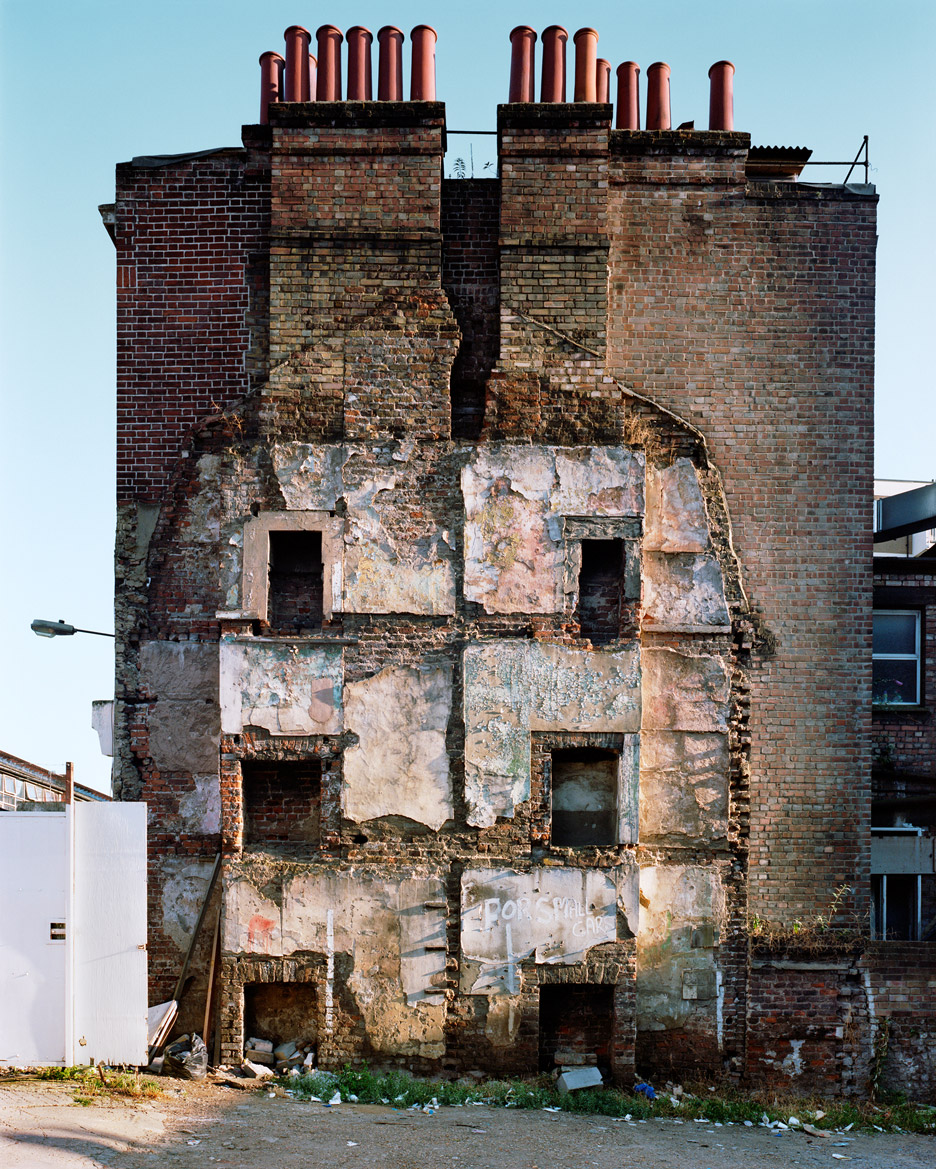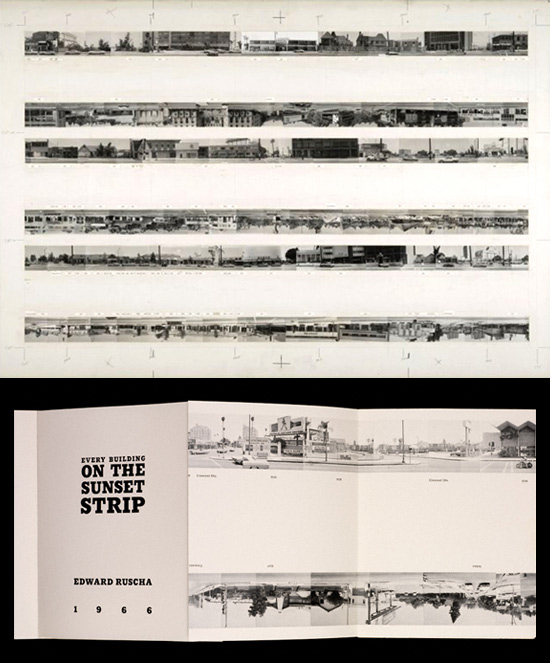
A comment on mass production / mass consumption?
Where do ideas come from? How about through collecting, sorting, classifying. That’s one way to begin. It is an organized method of investigation used in the sciences and the arts. In the field of archeology the exploration of the similarities and differences among the same type of object is called a typology. This same methodology is popular among artists, especially those using photographic processes.
A typology is a collection of a single type or class, with the collection itself being more important than the individual components. According to Marc Freidus, “A typology is assembled by observation, collection, naming and grouping. These actions allow the members of the class to be compared, usually in search of broader patterns.”
Typologies appear to be objective – finding specific items that fit a clearly defined category – but of course, someone has to create that category in the first place, which can be seen as an act of invention. It is here that the artistic mind is located. Stylistically, these typologies try to remove the unique “artist’s hand,” and this may be the reason they are found more in photographic work than in painting or sculpture.
The ability to compare the similarities and differences between the components of a typology is important and for this reason artists often use a grid, book format or a linear layout in a contained space (such as a gallery) to aid in this analysis.
August Sander, “The Farmer”
Working in Germany between the first and second world wars the photographer August Sander undertook a massive typological study called The Physiognomy of Our Time. He classified German society into types based on class and social standing, using the following major categories – The Farmer, The Skilled Tradesman, The Woman, Classes and Professions, The Artists, The City and The Last People (which were further sub-divided.) He wasn’t interested in taking photographs that revealed the uniqueness of each person, rather he saw them as archetypes and employed a style that emphasized this aspect. The photographs were designed as a multi-volume atlas, a reference of German types. (In the image above I have used a grid format to show a small portion of the work but please note that this is not how Sander presented it. He presented it as a book.)
Bernd and Hilla Becher
Sander influenced generations of photographers, among them the married couple Bernd and Hilla Becher. In the 1950s they began documenting rundown and disappearing industrial architecture – blast furnaces, water towers, foundries. Their work can be seen as a type of industrial archaeology. Presenting the work in a straightforward grid format, each picture was taken under a uniform grey sky at the same time of day, from the same distance and angle – allowing the images to be easily compared and classified. The Bechers endeavored to make dispassionate, objective images. Like Sander before them, the Bechers influenced large numbers of contemporary artists and photographers – Thomas Demand, Candida Hofer, Thomas Struth, Thomas Ruff and Andreas Gursky – who follow their lead in employing a detached documentary style in their work.

Ed Ruscha, “Every Building On The Sunset Strip”
The artist Ed Ruscha is famous for his paintings and prints but is also known for his series of photographic books based on typologies, among them Every Building on the Sunset Strip, Twentysix Gasoline Stations, Some Los Angeles Apartments, and Thirtyfour Parking Lots. Ruscha employs the deadpan style found in many photographic topologies. The book shown above is a 24 foot long accordion fold booklet that documents 1 1/2 miles of the Sunset Strip in Hollywood.
Jeff Brouws
Twentynine Palms by the photographer Jeff Brouws is a photo book that contains 29 pictures of vintage roadside signs advertising fortune tellers and palm readers – a homage to both Ruscha and the photographer Walker Evans.
Here’s a few more topologies for you to look at:
Karl Blossfeldt
Ólafur Elíasson

Franklyn Swantek
A great resource is the blog The Typologist and its associated website, both maintained by Diane Zlatanovski, the Collections Steward at Harvard’s Peabody Museum. Here’s her description of a typology – “By definition, a typology is an assemblage based on a shared attribute. Patterns, both visual and intellectual, resonate and reveal themselves within collections. Information not apparent in isolation becomes visible in context – only through studying groupings are we able to discern similarities and contrasts. In observing collections of similar things, the beautiful variations become evident. And the closer you look, the more you see.”







